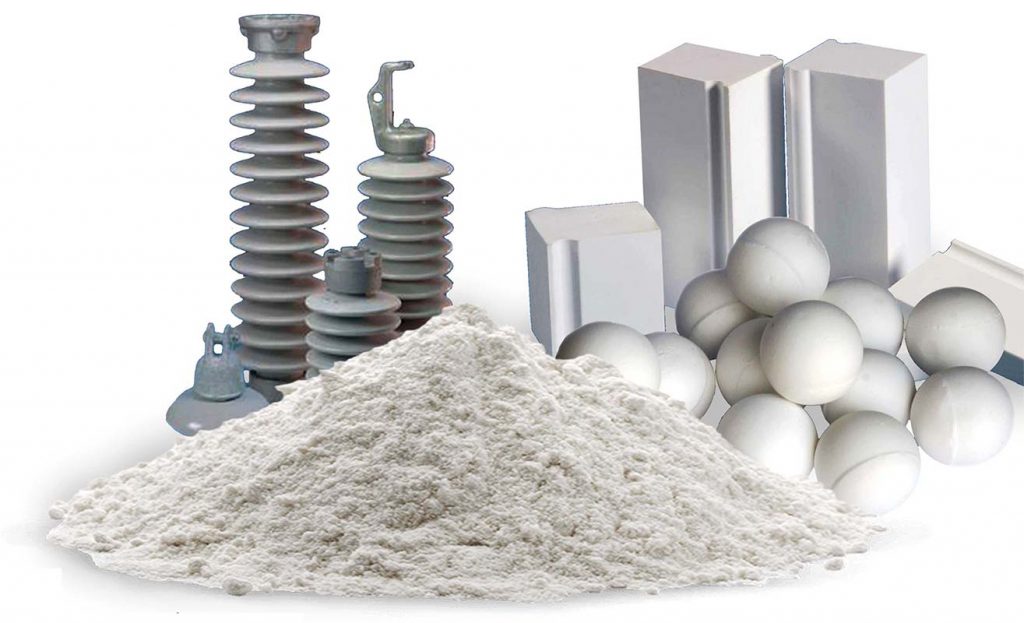Engobe & Glaze
Glaze, engobes & frits are different layers and materials which cover a ceramic body for different purposes and add various qualities.
The glaze is a glass-like coating that is placed on the surface of the ceramic body, the glaze and engobe consist of a primary dry material that becomes a thin paste or slurry after being ground with water and applied to the ceramic body with different methods then tiles and bodies are placed and heated to a certain temperature in the furnace.
Glazing (& using engobe) the ceramic body causes better density, hardness, polish and color and makes it strong and stable against some chemical factors. Glaze and engobe completely condense porous ceramic objects and prevent liquids and gases from penetrating inside the tissue. As a result, reduces the effect of corrosion and other unfavorable factors on them.
Glazes and engobes that are used for ceramic tiles and bodies are classified in terms of chemical composition, resistance to chemical agents, production methods, and physical and appearance characteristics. For example, glazes can be matte, semi-matte and transparent.

Aluminum oxide is a very important part of glaze composition. Alumina is a controlling agent for the roughness and opacity of the glaze Alumina also increases the viscosity, and refractoriness and generally increases resistance to chemical attacks and erosion due to exposure to air, resistance to impact, bending strength and surface hardness. The addition of alumina prevents blistering. Alumina increases the brightness, bonding strength and stability of the glaze. The addition of aluminum oxide to the glaze and engobe also can create wear resistance and anti-skid properties. It can affect the appearance of finished products. For example, hard calcined alumina gives a glossy and transparent appearance and lower degrees of calcination, due to light scattering and high refractive index, leave a matt and opaque appearance in the glaze. Medium calcined alumina is ideal for opacifying in super white bodies.
ALPHA offers calcined alumina with accurate particle size distribution as a great candidate for high-quality glaze compositions.
ALPHA calcined alumina and alumina-based products made with care and precision are the best choice for manufacturing standard ceramics.
ALPHA
